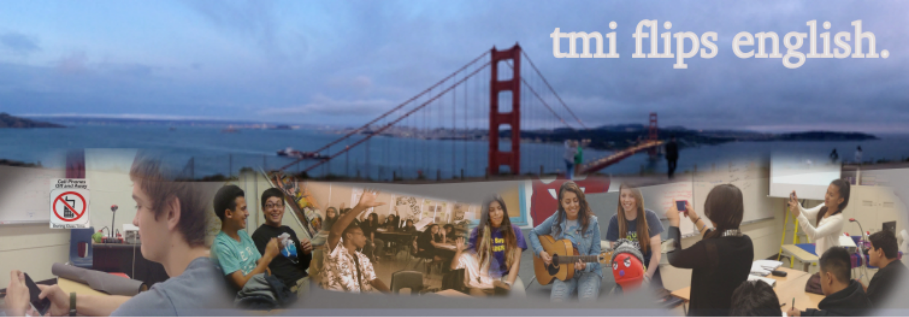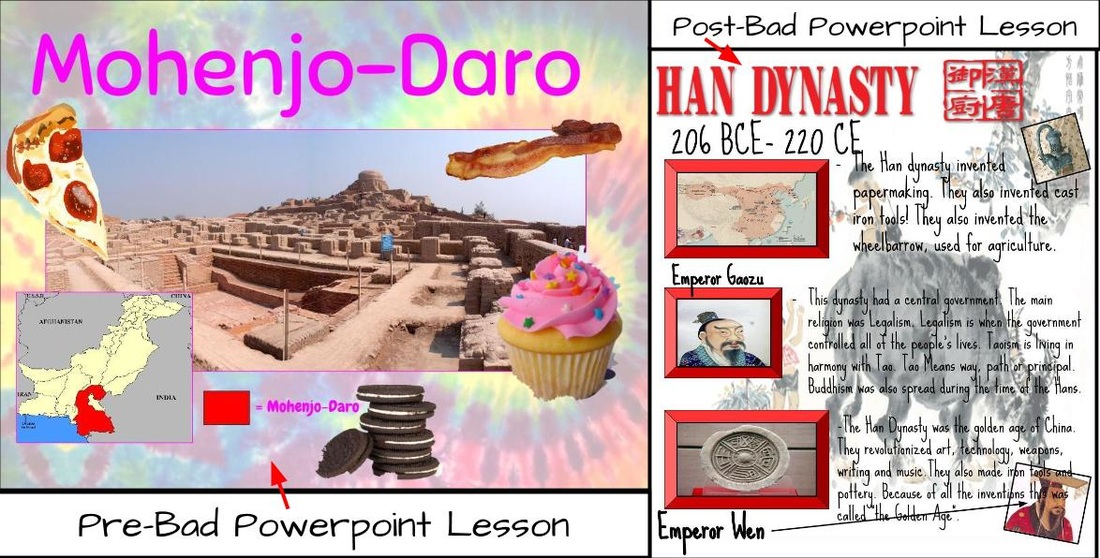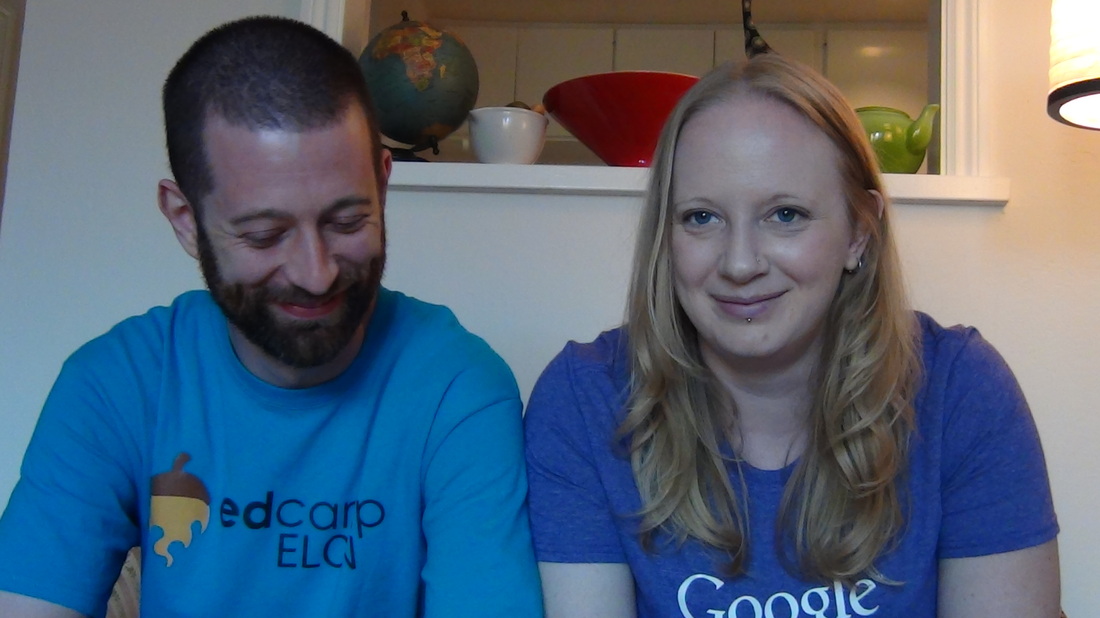One of the best is called Bad PowerPoint. It starts with stand-up comedy, and ends with students presenting truly terrible slide decks using truly terrible presentation technique, with classmates scoring them collaboratively using BINGO boards.
So often we require students to give presentations without first teaching them how to do it well. At best, we lecture them about what good presentations are, often in ways that violate those elements of good presentations!
But, as my first mentor in the teaching profession reminded me often, there is a big difference between “teaching” and “telling” students.
Presentation skills are incredibly vital, not only to students’ continued educational journey, but in “real life.” While it may not be the way it happens in the classroom, being able to prepare and speak intelligently in front of others is vital in almost every profession.
I don’t want to be the next teacher who just tells my students how to present without actually teaching them how to present.
That’s where Bad PowerPoint comes in.
Students watch this video, and then create their Ten Commandments of Bad PowerPoints (because nothing I do is aimed at a single skill, this graphic organiser also helps build schema later when we study Judaism). They share their Ten Commandments, which all start with “Thou shalt” or “Thou shalt not” and contain important principles gleaned from the video, such as “Thou shalt use many confusing graphs” or “Thou shalt not limit the colours used, and when possible should use Hot Dog Stand as your theme.”
From there, students make their own Bad PowerPoint. This year, I had them make the PowerPoint as a group, and use their previous research about Sumerian innovations and inventions. I was very impressed with the results.
Then we go over the BINGO card of Bad Presentation Methods. Most of these are drawn from the Bad PowerPoint lesson, but others are the pet peeves I have about student presentation. Students get about 15 minutes to prepare to present, and the goal is to get as many squares filled in on the BINGO card as possible. I wanted them to work as a group for this so that each person could take different squares.
The bad presentations were...well, delightfully bad. They included star jumps, rolling on the floor, varying tone from yelling to whispering, laughing inappropriately, pacing, reading off the slides, etc. I’ve never been so entertained by terrible student presentations.
The next phase of this lesson is to move on to GOOD PowerPoint and presentation methods. We use the bad one first because it breaks the ice and makes students feel more comfortable with presenting in front of their peers. They also have tangible examples of what NOT to do.
I asked them to make a good slide deck using the same information, and then each student needed to prepare to present one slide. They used digital notecards, and spent time practicing before their good presentations. Then we examined a good BINGO card that they would be scored on this time.
The presentations were not perfect, but were so much better than the normal first-time presentations in class. Students spoke confidently, didn’t use notes, and almost no one read off the slide deck. The slides had fewer than 10 words, used space well, and had consistent themes and fonts.
Did this process take longer than a lecture about good presentation method? Yes. Definitely.
But the rewards were obvious not just to me, but to my students’ other teachers. This is something that will form the basis of skills they will hone throughout the next six years of education, and hopefully, will keep them from torturing another teacher with a bad presentation.
Need proof that it works? Check this out:



 RSS Feed
RSS Feed
